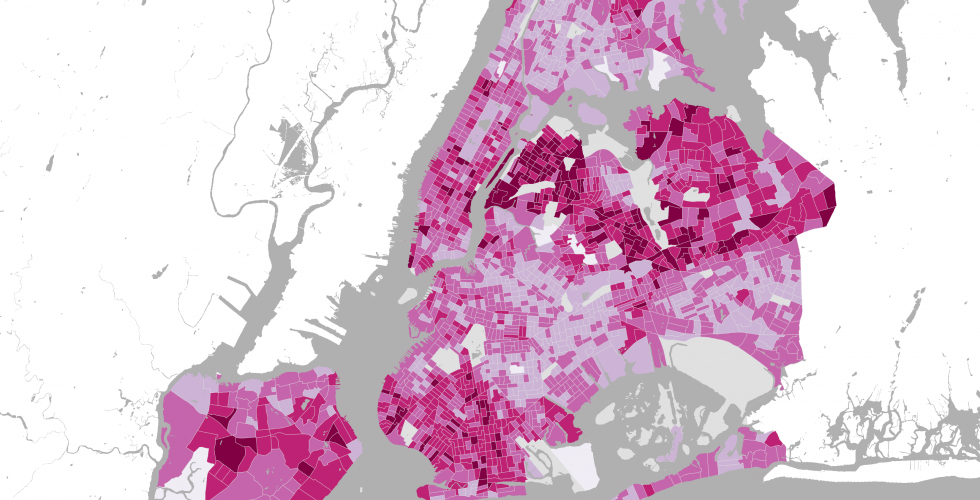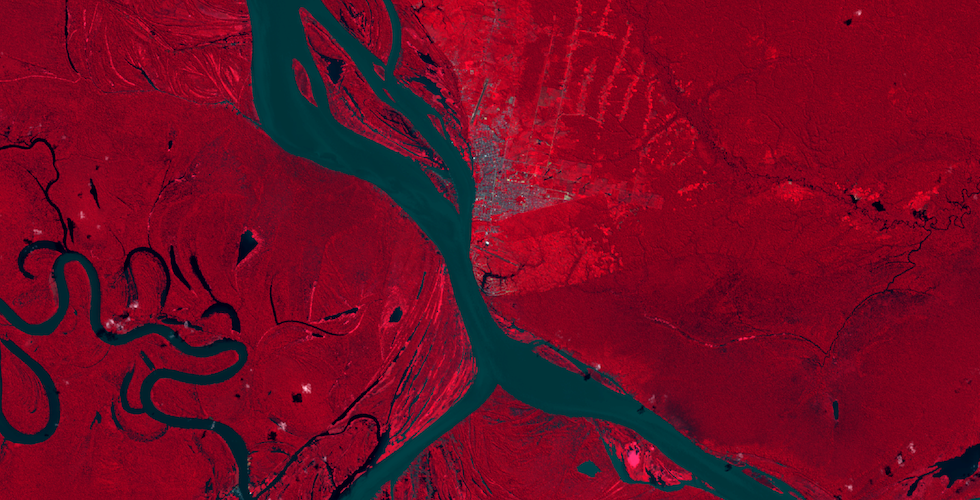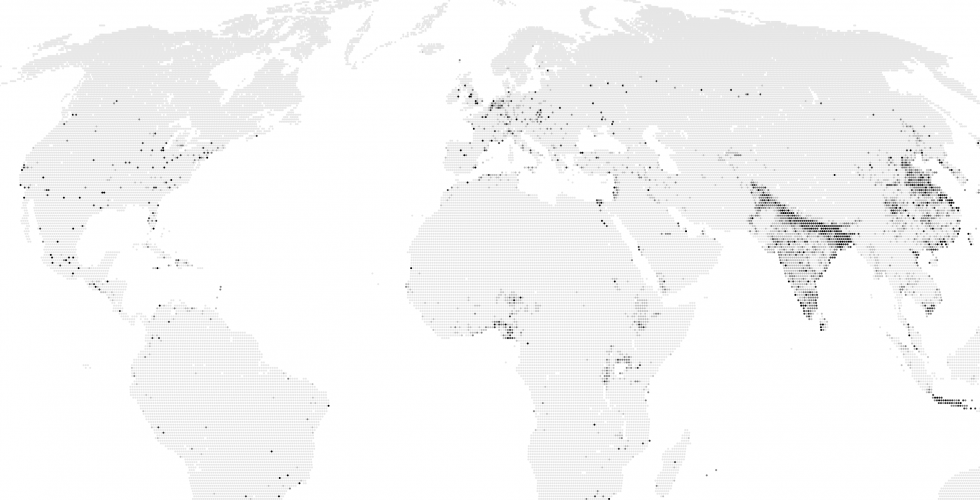Mapping for Architecture, Urbanism and the Humanities
This course provides an introduction to mapping theory and geographic information systems tools. Through the use of open-source GIS software (qGIS) and open data (OpenStreetMap) students will learn how to critically use mapping tools and geographic data for spatial analysis and representation. In this course, students will work through a series of web tutorials and hands-on in-class exercises to gain a better understanding of how these tools and data can be leveraged to analyze, represent and study past or present urban phenomena. In addition to using existing data, students will also be able to create or bring their own sets of data and questions from other courses and will be able to work with these in our class.
No prior experience in mapping, design or data analysis is required for this course. The course is open students in GSAPP and the Graduate School of Arts and Sciences and others by permission.
The full syllabus is available here.
- Basic mapping concepts and techniques
- Data types
- Census data
- Metadata
- Data creation
- Geocoding
- Georeferencing
- Vector and raster data
- Webmapping and crowdsourced data
What role does cartography play in our relationship to space? How does technology make sense of places to which we have never been? Through what material practices are data produced, and how are they located? As a result, what cultural attitudes inhabit our maps, how do they (re)produce our environment, and how can they be contested? This hybrid theory/practice course provides an introduction to critical mapping discourse and geographic information systems tools. Of particular interest to humanities students, it examines both historical and contemporary questions with reference to the technology of mapping. Additionally, through the use of open-source GIS software (QGIS), browser-based technologies (Mapbox, Mongo DB), and open data (OpenStreetMap), students will learn how to critically use mapping tools and geographic data for spatial analysis and representation. Each class has two parts as a result: in the first half of each meeting we will discuss weekly readings, while the second half serves as a flipped-classroom to address technical and conceptual issues arising from take-home GIS tutorials. The final weeks of the semester will be devoted to developing students' own critical cartographic research. By the end of this course, students will be able to: critically read a map investigate the cultural attitudes and technologies behind cartographic practices use QGIS to analyze and present geographic information build location aware dynamic maps for mobile devices make intentional design decisions when creating maps
The Spring of 2016 iteration of this course had twenty one students from seventeen different departments across the University.
This course will be offered again in the Fall 2016 semester with course number A4122.
Fridays 9 -11am 3 points
Call number: 14314
Juan Moreno, Associate Research Scholar, Center for Spatial Research
Open to students within GSAS, GSAPP, Barnard and Columbia Colleges, and others by permission.



